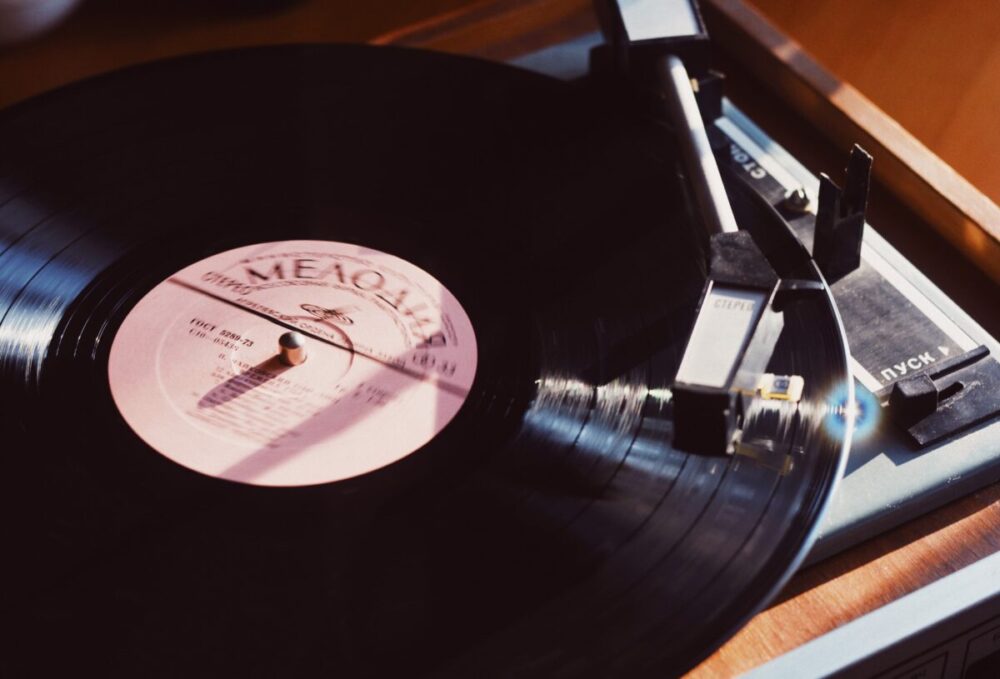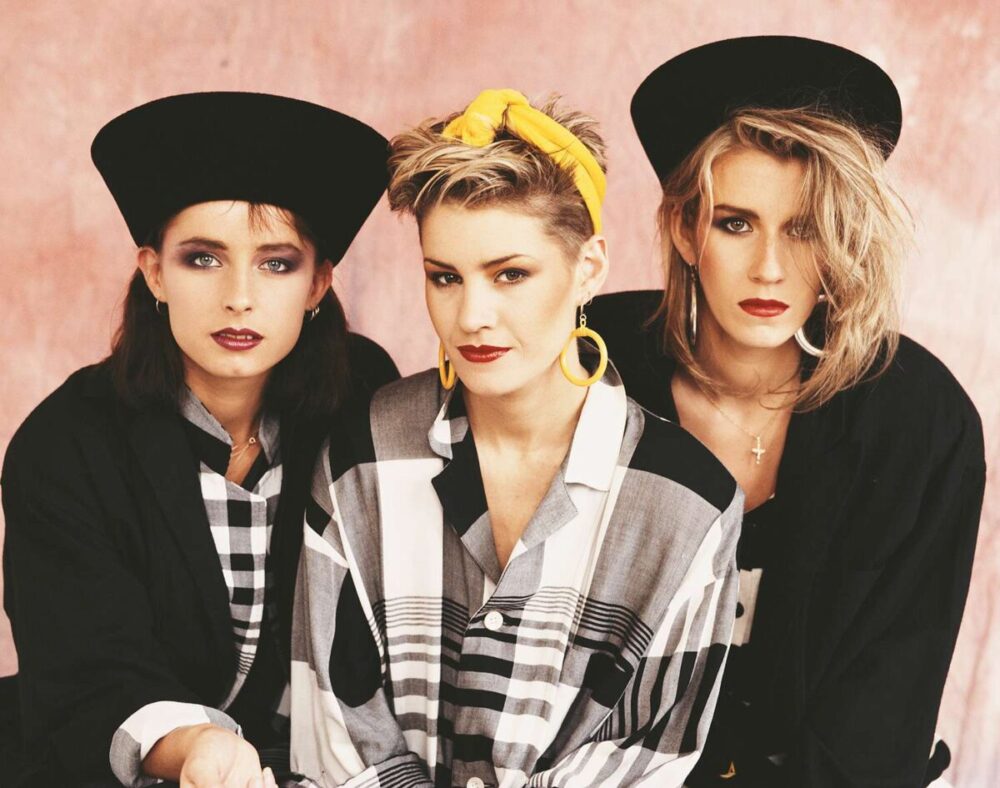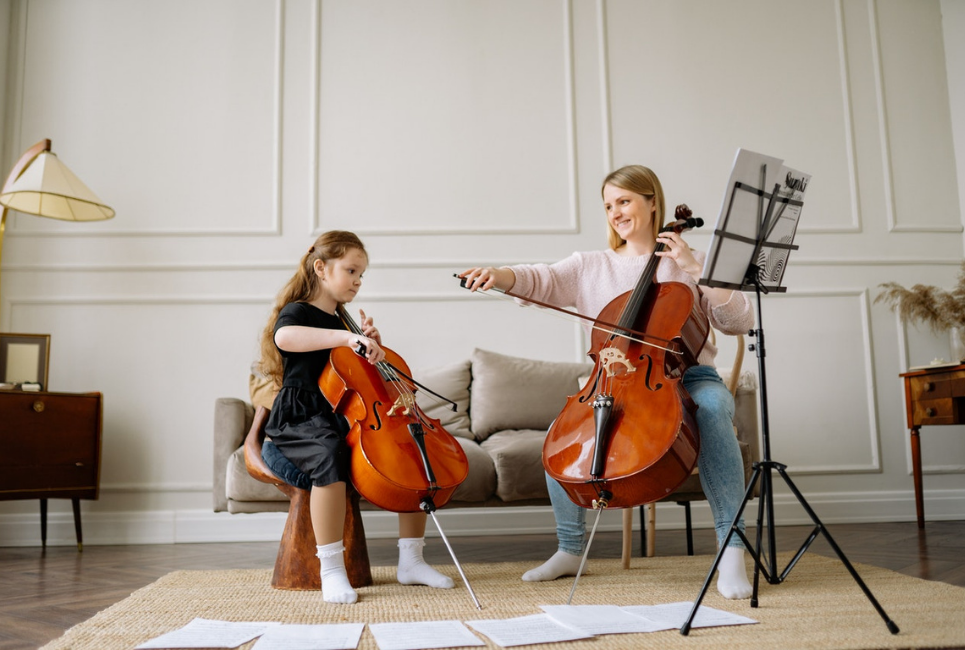Vinyl record players have been around since the phonograph was invented in the 19th century and were used throughout the 20th century before the advent of the compact disc saw them become less popular. However, in the 21st century, there has been something of a renaissance as many people are preferring to play music on vinyl for the purity and the quality of the sound produced. There is something special about holding a vinyl record in your hands that evokes memories of a bygone era, yet it still functions superbly well. Many people still have their old record collection or they inherited their parents’, so there is plenty of music that can still be played, and indeed, many modern bands are releasing their new music directly to vinyl for the first time in years. If you are looking to tap into this modern but old-fashioned way of playing music, read on, as we are going to take a look at what qualities to look out for in a record player.
Sound Quality
The quality of sound that your record player produces is perhaps the most important factor of the lot, but what contributes to a beautiful sound? Well, the stylus is perhaps the most important part as this conveys the music printed on the vinyl disc into the final sound that comes out of the speakers. Obviously, the quality of the speakers will play a part, but if you want a true crisp sound then make sure the stylus is of high quality. The larger the speakers the larger the record player, so bear this in mind when choosing your next purchase.
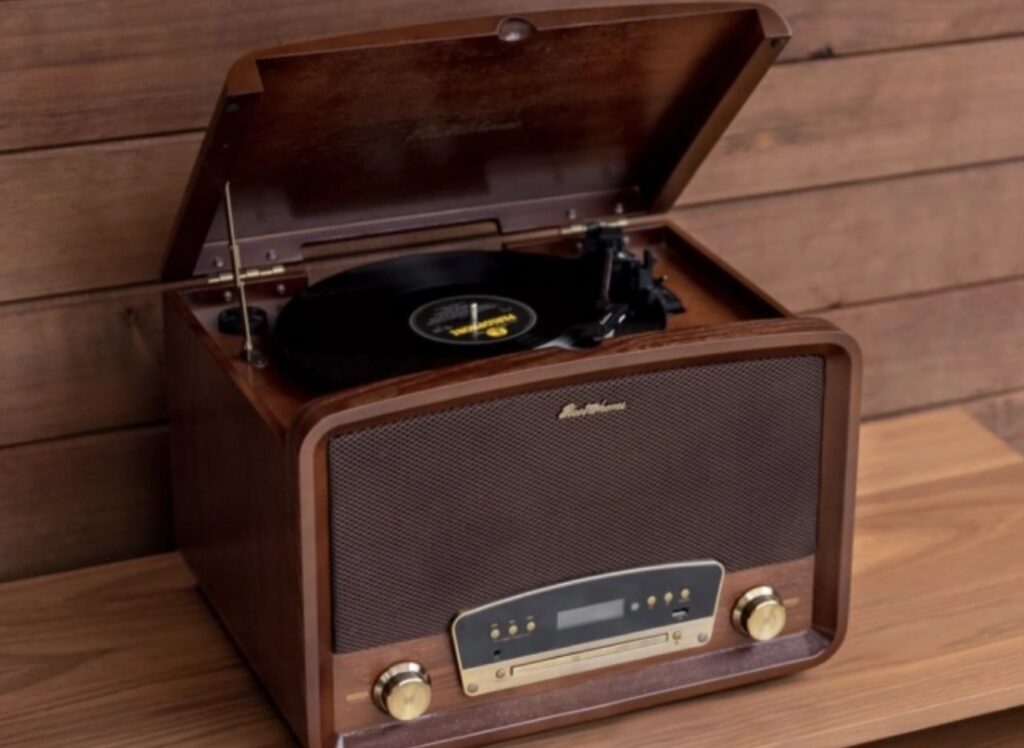
Portability
Some people have no interest in taking their record player anywhere, they are more than happy to have it set up in the corner of their living room so that they can spend an evening relaxing. But what happens if you are a DJ and need to take your record player to clubs every night to perform on? Thankfully, there are many options available to you and the experts from toprecordplayers.com can help you to pick the right player for the type of sound quality that you are playing. They can also offer guidance on carrying equipment so that you can safely transport your player as and when it is necessary.
Connectivity
Record players have come a long way since their heyday in the 1960s and ’70s and they now offer full connectivity if that is what you are looking for. But what does connectivity mean in this sense? Well, if it has a USB drive, for example, then it is very easy to convert the sound made from your old vinyl onto a USB stick and then into an MP3 file which allows for digital storage. Effectively it is converting an analogue signal into a digital one, and this allows you to keep your favorite records forever in a safe, easily transportable file.
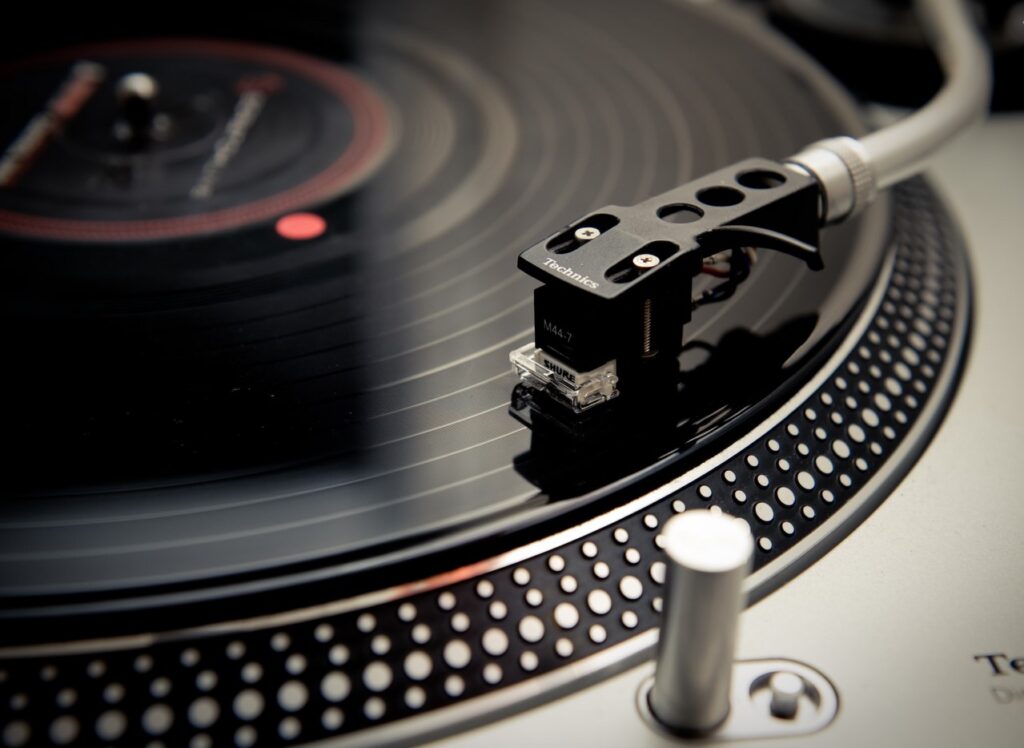
Fully Automatic?
On a record player, it’s the arm on the bottom of which is the needle or stylus that actually makes contact with the record. When we talk about whether a player is fully automatic or semi-automatic it is in relation to this arm. A fully automatic arm will automatically extend out from its starting position and will make contact with the record of its own accord. Whereas, a semi-automatic arm will require human interaction to lift it and place it on to the record in order for any sound to be produced, but it will return to the starting position on its own. The original players were fully manual in that you had to place and remove the arm, so these needed a careful eye if you wanted to avoid the awful scratching noise that is sometimes produced.
Design
Some players are very much music boxes and offer no real style points, whereas others are custom made to fit a certain style of interior. Record players can be made out of several different types of material from wood to metal to plastic, so it is perfectly possible to choose something that fits perfectly with the style of your living room. Transportable players don’t have to be boring either, and many can be adapted to personal tastes so that it can either stand out or blend in with their surroundings depending on your preference.
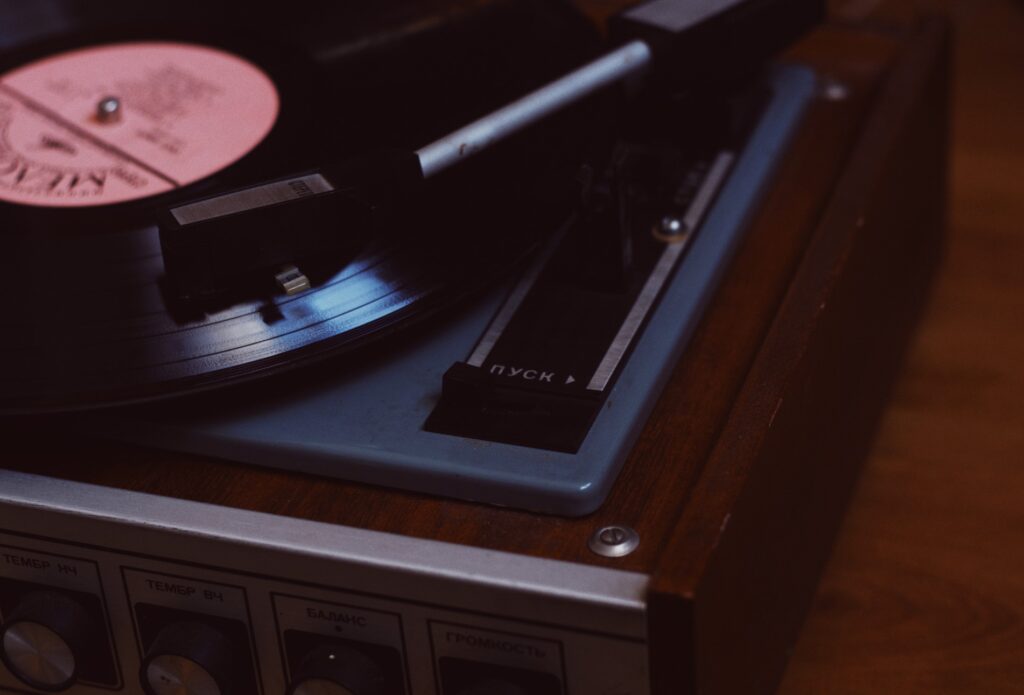
Accessories
As with anything in life record players are prone to breakage so it is important that you can readily find spare parts, should you need them. The biggest names will offer this without a problem, but if you are looking at some of the bespoke models be aware that you might not find spare parts such as the stylus very easily. If your player is portable it is important to have a well fitted padded case, because there are many small parts that can easily be broken and the last thing you want is a broken brand new toy. You will need a dust cover so that you can achieve the best sound possible and make sure you have a suitable cleaning kit because it pays to give your vinyl records a quick once over before you play them to ensure that the grooves are dust-free.
As we have learned there are more things to consider than you originally thought when it comes to the qualities to look out for in a vinyl record player. The number one thing is sound quality so be sure that you have a quality stylus and a good pair of speakers. Decide whether you want a portable player at the outset as there is no turning back, and also whether you want an automatic or semi-automatic model. If you have any old records you may want to ensure your new player has USB connectivity so that you can convert them into digital files, and make sure that your player has a design that fits in well with its surroundings. Finally, accessories are important, especially if you want your player to last a lifetime so ensure that you have a sturdy case and ample spare parts. If you follow this guide you will soon have the best possible player, which can deliver your vinyl records justice for many years to come.

